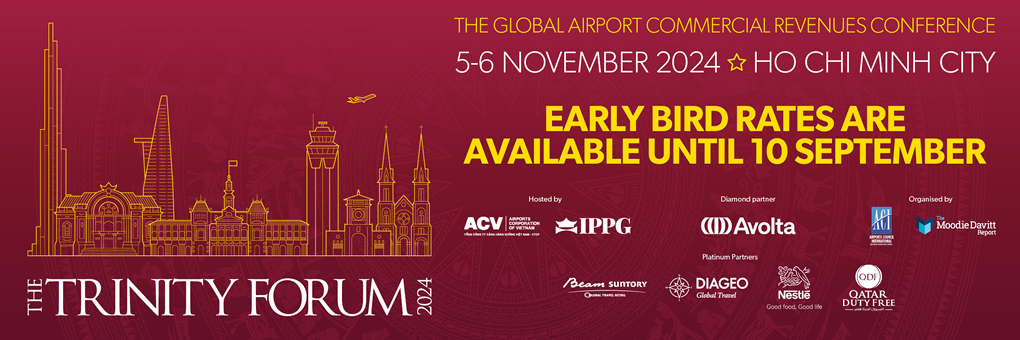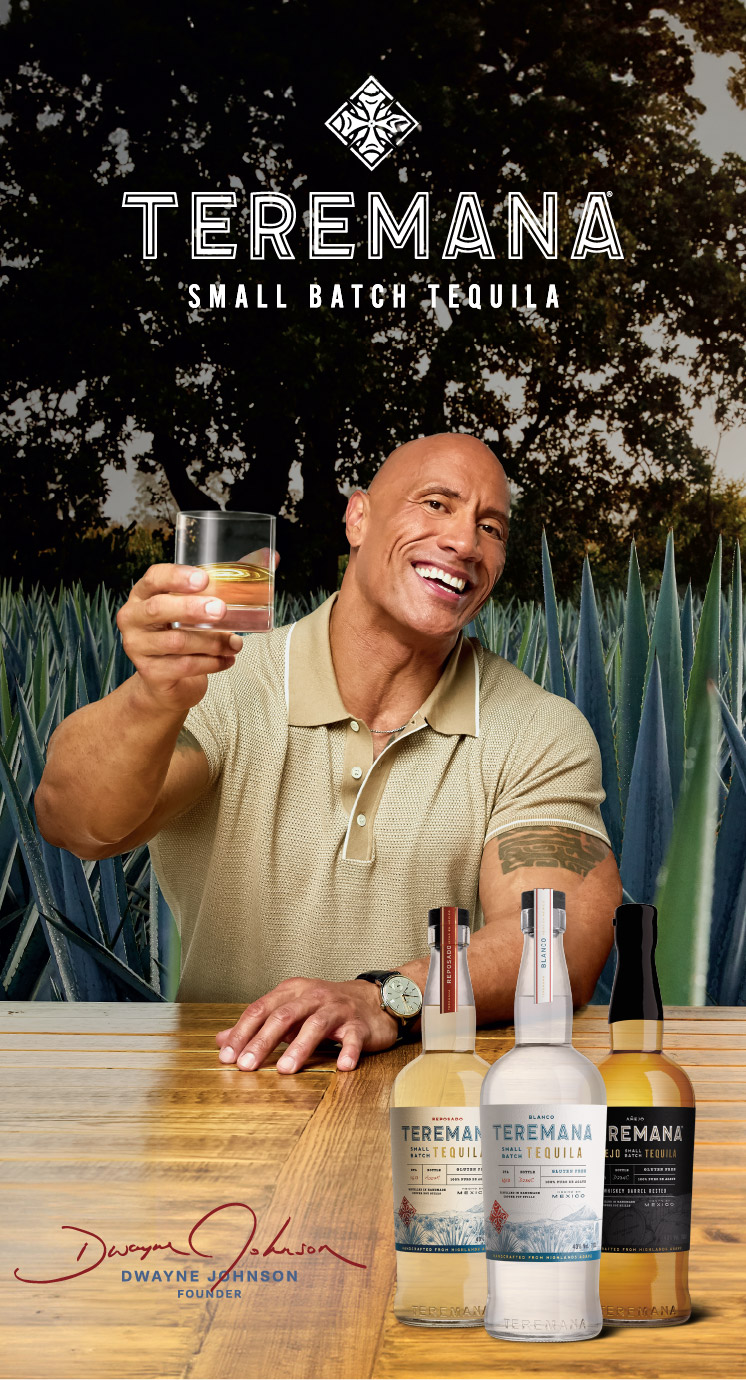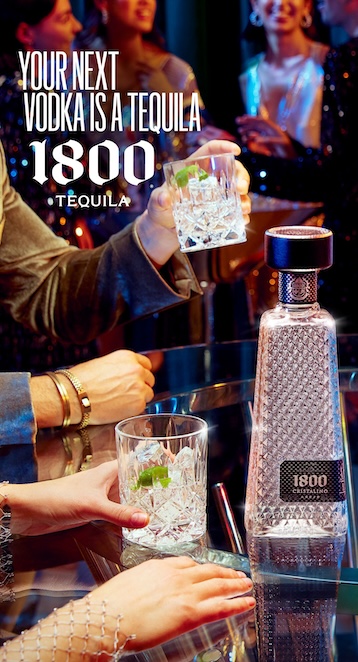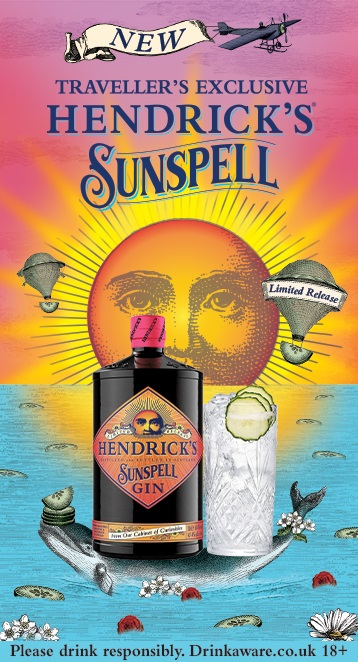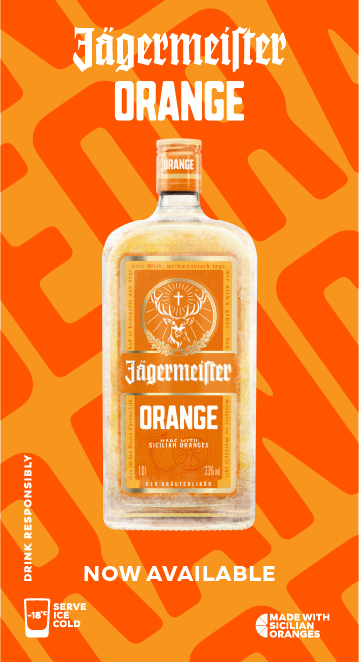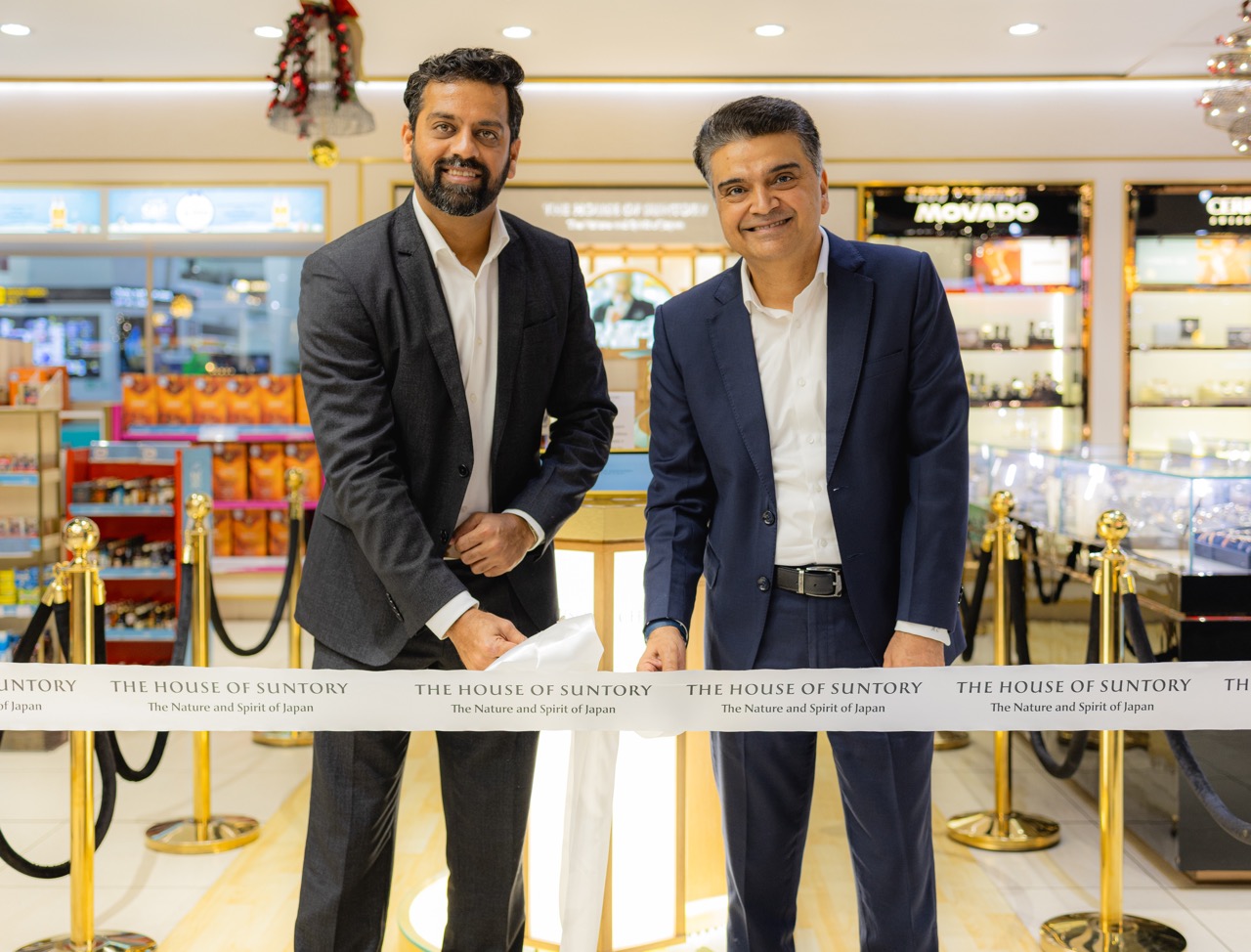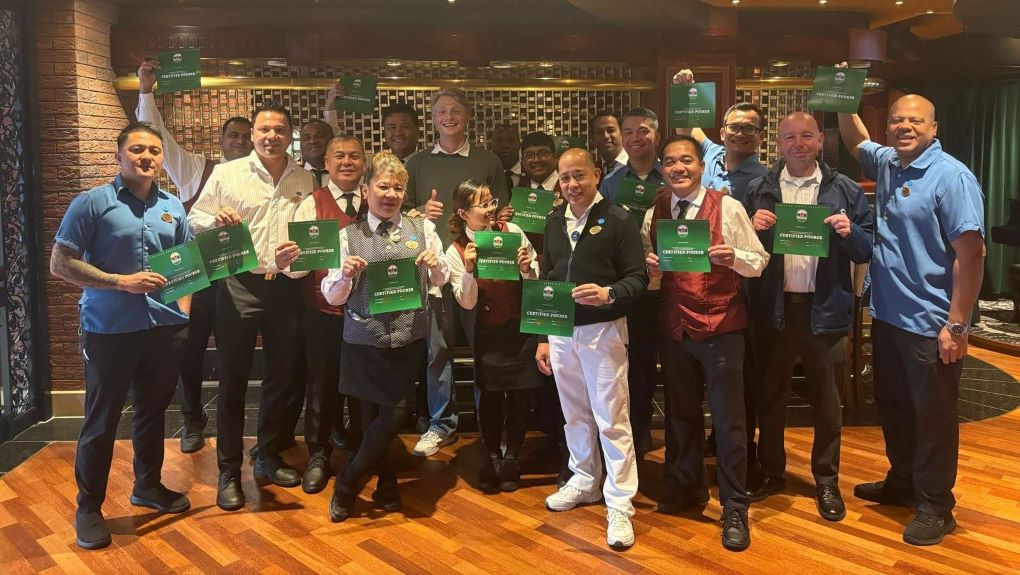Quintessential Brands Group is a very modern spirits company born from the oldest traditions – and one for which travel retail represents an important channel in its growth ambitions.
Established in 2011 by former Gruppo Campari CEO Enzo Visone and entrepreneur Warren Scott (who sold his shares to investor Heritage Group in 2022), the independent spirits business spans premium categories from gin to Irish whiskey and production capabilities in the UK, Ireland and France.
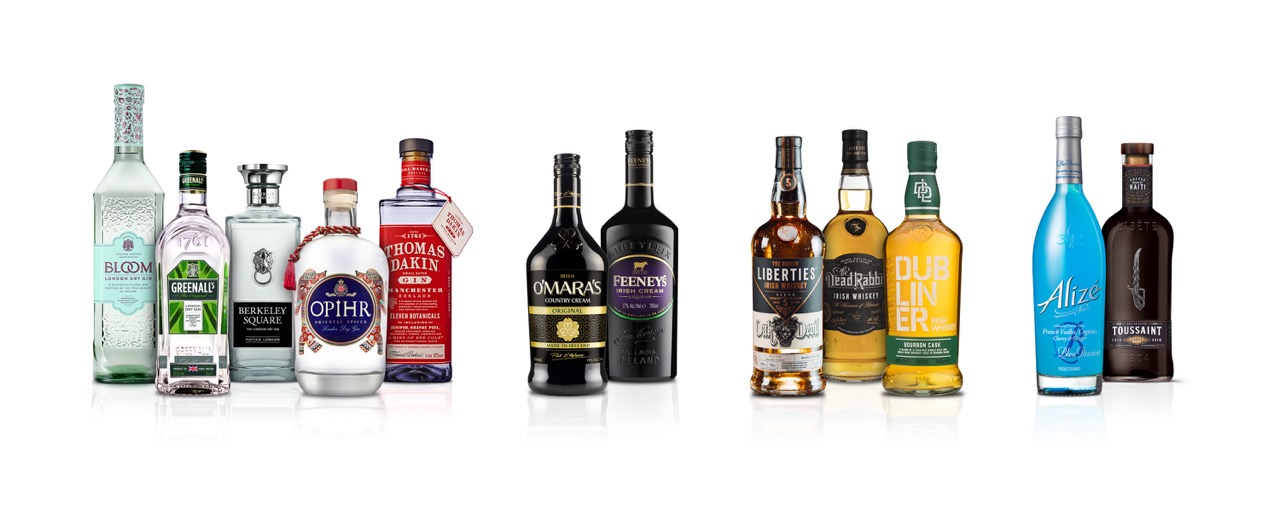
The partners’ first of several acquisition moves was to swoop for G&J Distillers, which has been distilling and bottling gins and vodkas since 1761, and owned Greenall’s The Original London Dry Gin, alongside a powerful bulk supply, contract manufacture, bottling and private label business. The group remains the largest independent supplier to the off-trade in the UK today, only behind the world’s number one spirits group Diageo.
The G&J business in turn was put to use to invest in and grow Quintessential’s strategic brands. Acquisitions that followed included First Ireland Spirits, a leading maker of Irish cream liqueurs; L&L, one of France’s leading spirits manufacturers including fruit liqueurs, Armagnacs and Cognacs, in particular the Alizé range of fruit liqueurs. In Ireland Quintessential Brands later acquired a historic site in Dublin’s Liberties area, which was traditionally the centre of whiskey distillation in Dublin, revitalising the location with a distillery that opened in 2019.
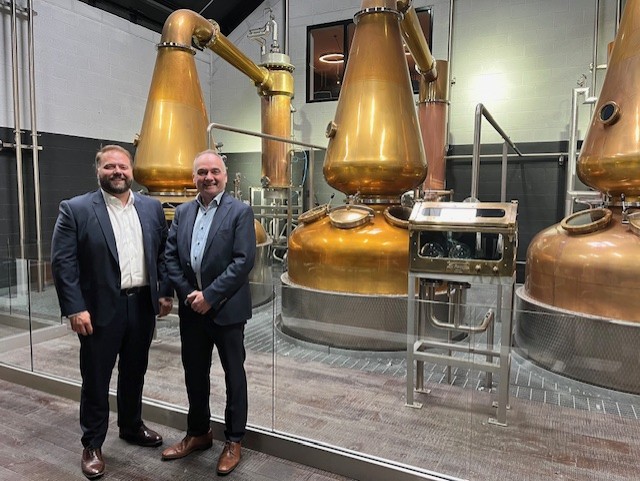
In just over a decade, from a distribution and production company with a large private label business Quintessential now represents a house of brands, built mainly around gin and Irish whiskey.
The gin range spans standard, premium, super premium and small batch, with the goal to complement each other both on flavour profile and price, rather than overlap.
The key strategic brands include Opihr, Greenall’s, Bloom, Thomas Dakin and Berkeley Square, alongside whiskies The Dublin Liberties (single malt), The Dead Rabbit and Dubliner, Brogan’s and Feeney’s Irish cream liqueurs plus Alizé fruit liqueur.
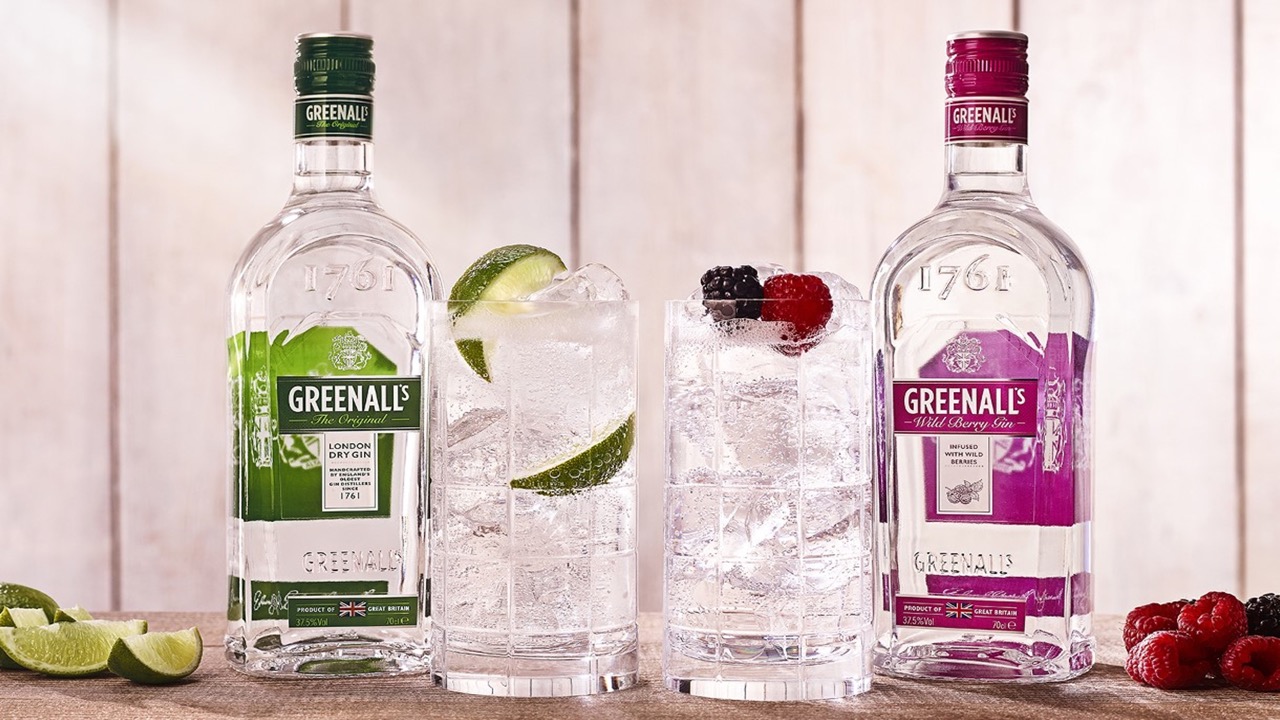

Sitting at the wonderfully restored Liberties distillery in south city Dublin (see panel below), I chat with Quintessential Brands Group Regional Sales Director for Global Travel Retail Oliver Storrie about the business’ scale and opportunity.
Storrie says: “We are fortunate that our owners are steeped in travel retail [with a long history of ownership and investment in the cruise sector -Ed] so I don’t need to sell the channel’s importance internally. We recognise that it is a shop window to the world.”
Travel retail is the fourth largest business unit at Quintessential, and a launch platform for many products across the range.
“There is a reliance on travel retail at Quintessential that we welcome. It’s a challenge too but we have good relationships with retailers that support what we do,” says Storrie.
Today the strong focus of the gin category for Quintessential lies in UK and Europe, where consumer connection to the brands is strongest.
Here, Greenall’s leads because “it represents our name above the door and will always be a big focus,” notes Storrie. “It’s our lead brand for most regions across the gin category. We have innovated around it recently with a Distiller’s Cut edition, and also introduced a gwp jigger on the neck that has proved very successful.”
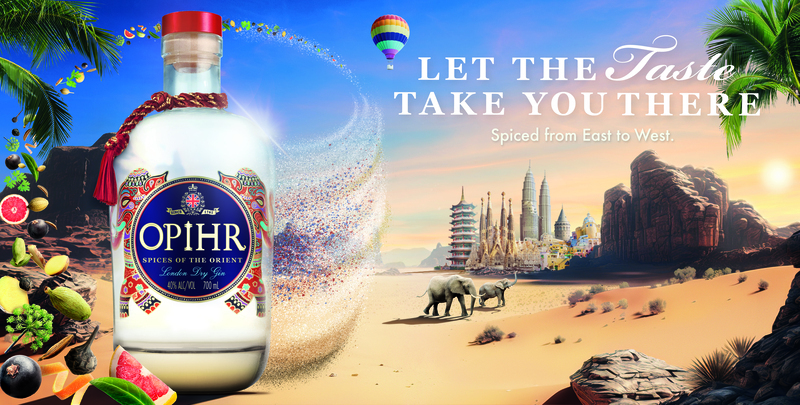
Opihr and Bloom also carry strong emphasis, each with a different proposition. Opihr has high-value brand equity across the globe among the company’s gin brands, it is the pillar of the premium offer and its brand story leans into the spirit of adventure evoked by travel.
Bloom represents the premium-plus end of the range in travel retail. “It’s easily recognised but different to our other gins,” notes Storrie.
With an established presence in UK and Europe travel retail, the next targets for gin will be Asia Pacific led by Opihr, and Latin America, a robust growth territory today, led by airports (mainly Avolta) and border shops.
Carving out the gin offer is also about speaking to the consumer in appropriate ways.
Storrie says: “We might have up to 12 different botanicals in our gins, but we only focus on three that we talk about to the consumer, one being juniper. We need the consumer to understand it, especially when they taste.”
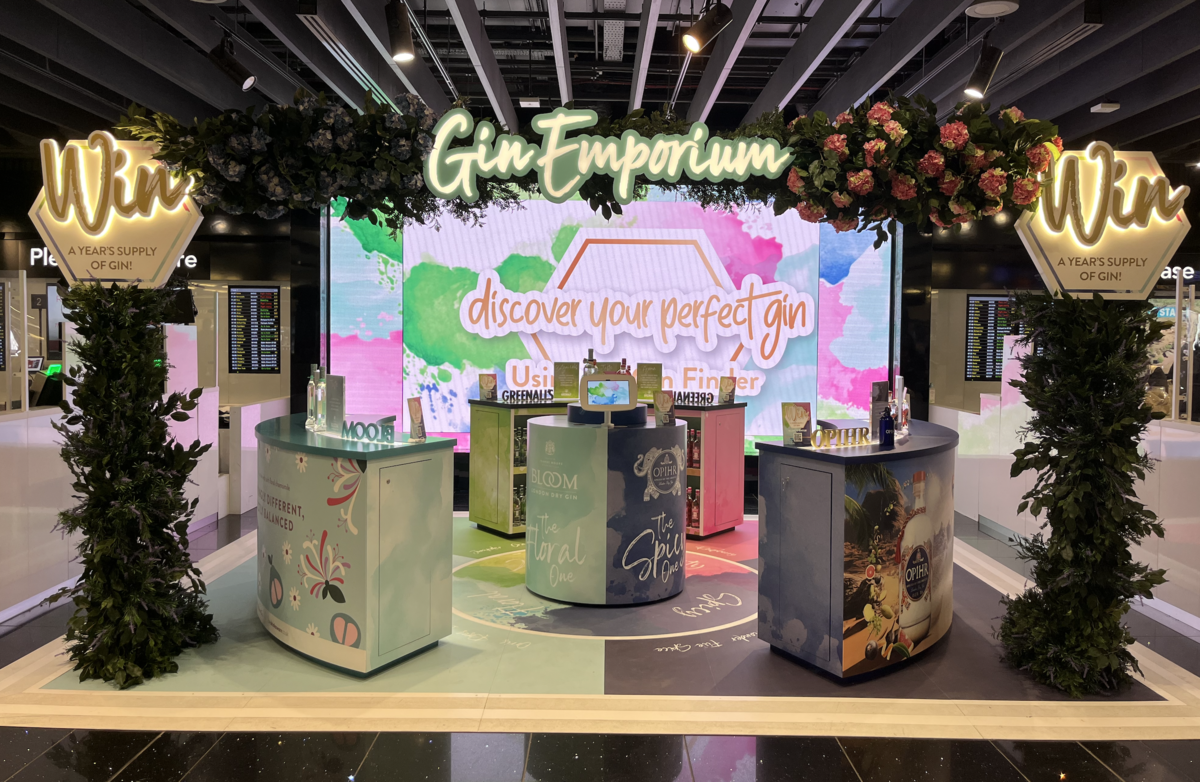
The model for travel retail distribution is to go direct to the retailer where possible in UK and Europe (outside the maritime business), alongside a number of close agency partnerships elsewhere. These include Global Drinks Ltd in Asia Pacific, with Alexander James managing much of the Americas (where Monarq also plays a role). Even in those regions, Storrie works directly with retail partners for launch projects, marketing and to educate staff.
“We work fairly simply to get our story across. We need headline activations. Although they won’t make us money they get liquid on lips and have impact with the retailer and with consumers.
“Then you have more localised promotions, backed up often by price campaigns. If I could I’d have a trainer to talk about the brand in every single airport as it’s the last point of connection with the consumer.”
That connection was reinforced in the UK recently with Avolta as the partners opened a Gin Emporium – a first for the brand owner – at London Heathrow Terminal 5.
Visitors were invited to use an interactive flavour questionnaire delivered via an in-store tablet to discover how, when and where they prefer to drink their gin. The questionnaire also accounted for passenger taste preferences and then suggested their preferred serve, displayed across the digital screens in-store.
The Gin Emporium will be rolled out to other Quintessential Brands travel retail partners, with Gebr. Heinemann in line for a similar promotion over the Summer. Separately, Opihr is being activated alongside Abercrombie & Kent (owned by QB co-owner Heritage Group of Monaco) at London Gatwick South, with the chance for a consumer to win a safari trip.
Of the Gin Emporium Storrie says: “The idea was to take the consumer on a journey across our portfolio. We wanted to show them what we do from a standard gin like Greenall’s, moving through the flavour profiles and pull them all together. That’s what the Gin Emporium does.”

While the range is built on established brands with a strong domestic presence, differentiation matters too.
“We want brands that are recognised but also have regional editions for travel retail on some products such as Opihr and Bloom,” notes Storrie. “We follow flavour trends, especially with our extensions of Bloom, so we can play on the boundaries for a consumer that wants something new.”
By category, gins and Irish cream liqueurs lead travel retail volumes for Quintessential, the latter with its strong presence in border stores and in cruise pouring.
By contrast, The Dublin Liberties single malts are selectively distributed, including in travel retail.
Storrie says: “We don’t want our premium liquid to be found everywhere. We want to retain its premium reputation. The strategy is led by the 5 Year Old Oak Devil, stepping up then into the Ten Year Old Copper Alley.
“We have limited quantities on the other aged malts so we share these with ARI in Dublin and then much of the balance goes to Asia Pacific. Global Drinks take 90% of our aged allocation each year, which goes to airport and some to downtown duty free. These are highly priced but they stand up with their unique finishes, age statements and great stories from Dublin as one of the most recognised cities in the world.”
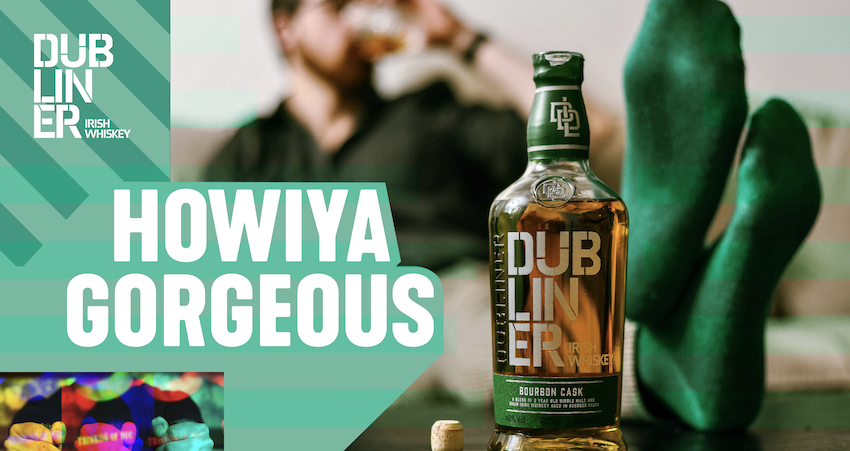
Dubliner blended whiskey on the other hand targets the younger adult consumer who is moving into brown spirits and wants to discover something new.
Storrie says: “Dubliner’s growth is closely related to the new brands and distilleries that the Irish whiskey category has generated recently. It’s accessible with a light flavour profile, it can be mixed easily and that pulls in the younger consumer, including those who travel.
“While Dubliner whiskey and Opihr gin are very different, they probably target the same consumer who is on a voyage of discovery.”
One clear message from Quintessential is that travel retail needs to be made simple for consumers across all ages, backgrounds and reasons for travel. The company is using its vast experience from domestic market distribution and brand campaigns to engage with travel retail.
Storrie says: “We all have the same goals, to maximise our revenue and in our case grow our brands. Let’s use each other’s expertise better to do this. A retail partner might know about destination but they don’t always know about the nationality or the demographics. We can cross-reference our travel campaigns with relevant domestic markets and provide rationale for them. That reduces risk for everyone involved and gives the product a better chance of success.”
He adds: “Travel retail needs to be simple and clear, just as it is in UK domestic. There is stress in travel, often people are travelling with family so they need to make choices quickly and easily.

It’s an important point. While consumers are more savvy than ever, often they are not helped by the way the environment is tailored to their needs. For new consumers this is critical.
“A new demographic does not want the same products so the offer has to change,” says Storrie. “Not by swapping brands in and out but with a strategy behind it. And I don’t think we as an industry have been very good at building strategies and then acting on them with consistency in our stores.
“It’s not easy and there are a few factors at play. When everyone under 30 years old is price-checking you have to benchmark against the category leaders rather than setting retail price points.
“QR codes are the simplest way of getting their message across by the click of a button, and you can dictate your narrative to the consumer, and even target them by location. It is also changing the conversation with the operators, and the digitalisation of activation sites has changed things a lot.
“For an industry that should be a shop window to the world we have been very reactive, not active, compared to other channels. The opportunity now is to lead on in-store experience. It is moving but slowly.”
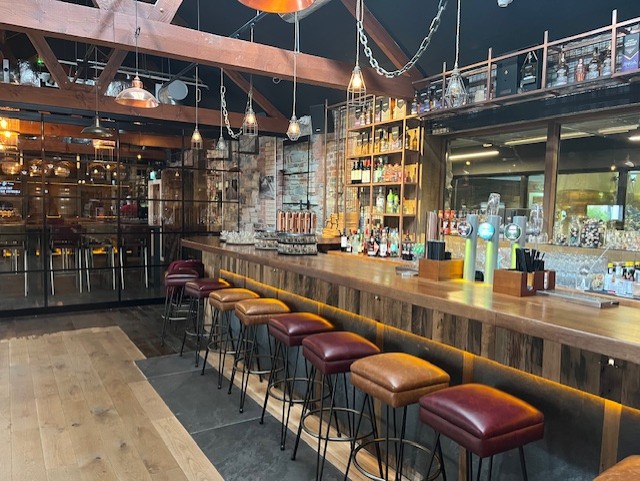
We close by talking about the Quintessential Brands vision for its place in the industry – how would Storrie like to see its reputation flower over the next three to five years?
“We want our partners to know that we deliver when we say we will, and in my view we often win in this channel for that reason. If a retailer has a gap or a need that they need to fill, they know that if they ask Quintessential for support, nine times out of ten we will deliver. And if we are unable to do it, we will tell them very quickly and help them find a solution. That creates trust, which is a huge element in partnership.
“So we are a trusted partner, we are a pioneer in spirits and we are pushing the boundaries as our Irish whiskey range shows for example.
“I want Quintessential to move to the next level in travel retail. We were always UK and Europe-centric before. It took me about 18 months to put in the building blocks of our distribution model so that we could access Asia, North America and Latin America. We have done that now with the best partners we could have.
“We really want to focus on growing outside those previously markets. It will be in airport and border stores, and a big focus will be in cruise.”
That’s a reference in particular to Quintessential’s recent capture of a major spirits supply tender for MSC Cruises’ onboard pouring business recently.
“We have shown with our MSC agreement that we can offer a one-stop supply solution to every operator. With supply tenders coming up for the rest of the cruise world, we can really offer the cruiselines a full portfolio.
“That in turn can be a great platform for our strategic brands. The cash that the supply business generates can help us fund promotions elsewhere.”
On top of this Quintessential has third-party distribution agreements for brands such as Crystal Head vodka (UK/Ireland), 19 Crimes Spiced Rum and others to come in travel retail, taking advantage of the group’s strong supply network.
Looking ahead with confidence Storrie concludes: “We punch above our weight due to the quality of products we own and I won’t ever be afraid to sit down with clients for a tasting of our brands.
“We have great stories to tell, from Greenall’s to The Dublin Liberties and having that portfolio makes our job easier.”
Harking back to a golden age for Irish whiskeyAlthough it operates from a renovated building that is only five years old, a visit to The Dublin Liberties Distillery is to be taken back to a golden age of Irish whiskey making. Originally a mill in the 1700s, and for many years a tannery which specialised in rabbit skins, the distillery and The Liberties whiskey made here take their names from the historic Liberties area of south city Dublin. 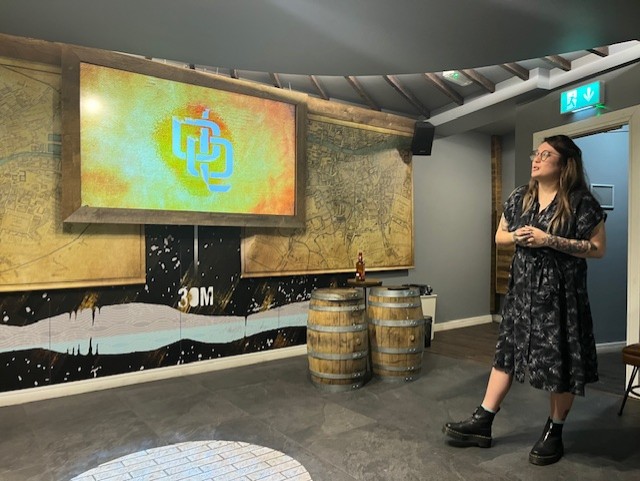 This was the heartbeat of Irish spirits for much of the 19th century, a period when Irish whiskey accounted for 60% of global whisky sales. Much of its vaunted reputation came from the quality associated with Dublin whiskey, which was seen as smoother and attracted a higher price. The pinnacle of whiskey-making was The Liberties, a lively social and economic hub. Today, each Dublin Liberties whiskey has its own story to tell from the area’s colourful history – and creates a clear connection back to the city. At the restored distillery building, in the company of Global Brand Ambassador Stephanie Shen we embark on a tasting discovery of the range, which comprises aged Irish single malts. Each follows a similar template – all whiskies are matured in ex-bourbon casks, non-chill-filtered and 46% ABV – and each from the 10 Year Old up has its own twist via a secondary finish. Each carries an age statement and each has its own distinctive name, referencing a story of historic Dublin. 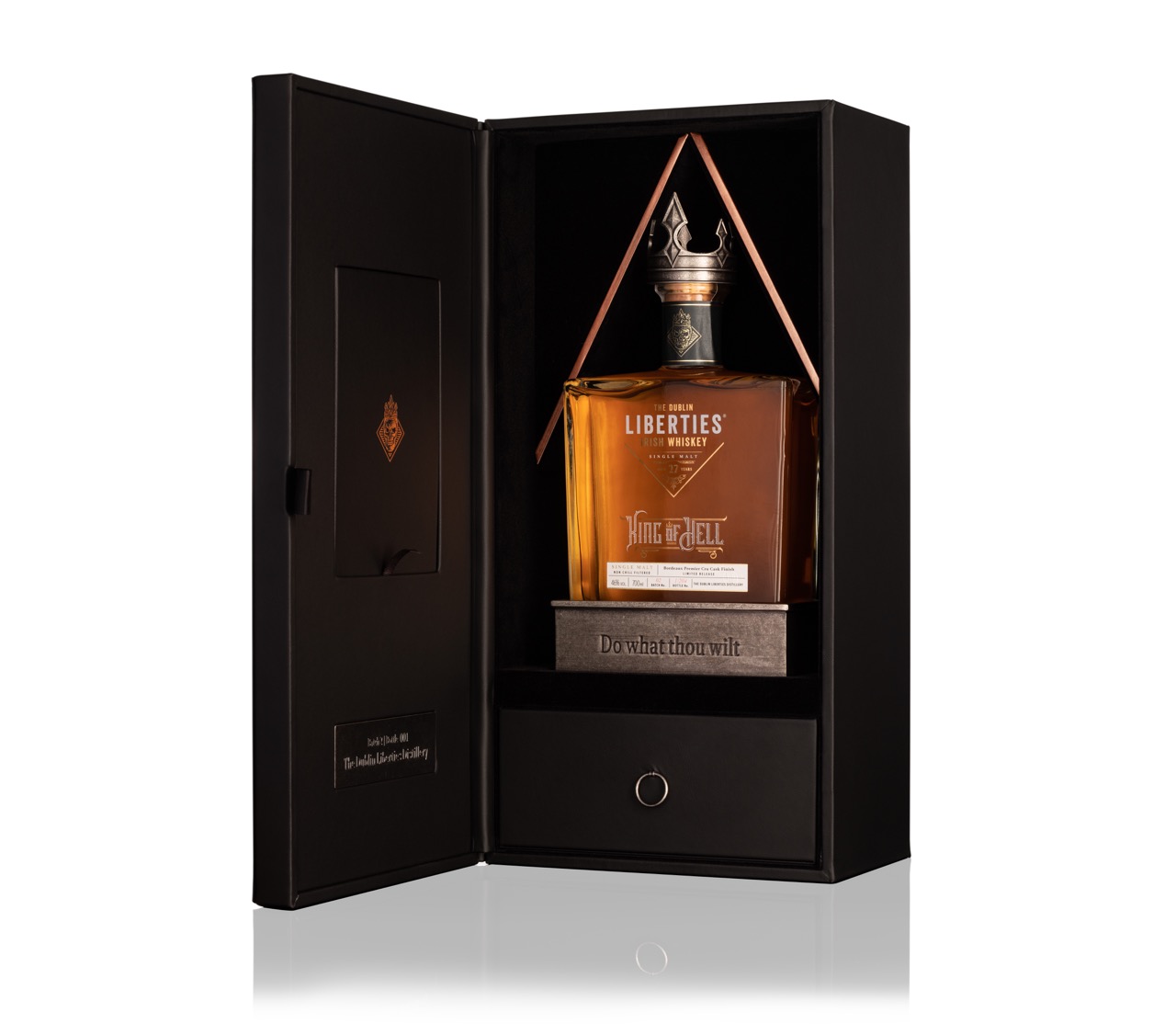 Oak Devil: The 5 Year Old is one of two key SKUs for travel retail, an entry point to the single malts, featuring hints of lemon, hay and a powerful maltiness. Its sweetness makes it popular among American drinks and it is works well across a range of cocktails. Copper Alley: The Ten Year Old is a double distilled single malt, finished in 30-year old oloroso sherry casks after the ex-bourbon ageing. A good crossover point for those who enjoy sherry-aged Scotch and at €60 a bottle, this represents among the best value to quality ratios of any Irish malt on the market. Murder Lane: A triple-distilled malt at 13 Years Old, finished in rare Hungarian oak casks previously seasoned with Tokaj for added sweetness. A strong choice for established whiskey drinkers who want to try something new, it represents an intriguing and complex drop. Keeper’s Coin: This 16 Year Old is triple distilled, aged in American oak casks and finished in 250-litre Pedro Ximénez casks, which lends viscosity, intensity, salt and spice plus a lively sweetness. Smooth and well-balanced and a gem of a showcase for what Irish whiskey can be. King of Hell: 27 Years Old, this double-distilled single malt is finished in Bordeaux Premier Cru casks. A first batch of only 50 bottles was followed by a second batch of 204, with around 40 sold through ARI at Dublin Airport, each one numbered and housed in an elegant presentation box. The pinnacle of the range, King of Hell [The Liberties areas was known as Hell for centuries -Ed] offers a level of differentiation that not many Irish whiskies can, is complex, lightly peated, rich and memorable. ✈ |



